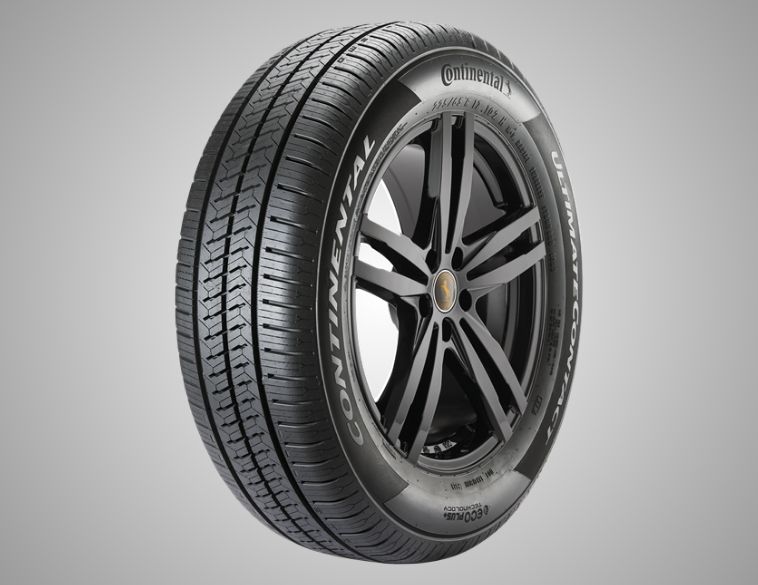Goodyear announced the first tire intelligence solution for cargo van fleets, Goodyear SightLine.
Goodyear SightLine will help enable seamless, safe and reliable mobility for all vehicles starting with cargo vans serving the field service, construction and last-mile delivery industries.
Later this year, Goodyear SightLine will also be available to Goodyear’s original equipment customers and emerging fleet and mobility providers.
Initially available in North America and Europe, it uses sensors with cloud-based algorithms to communicate with fleet operators in real-time.
Goodyear’s proprietary predictive maintenance technologies can help to address many challenges facing drivers and fleet managers today, including predicting breakdowns, minimizing downtime and monitoring tire pressure and wear for enhanced safety and more cost-efficient mobility.
Goodyear SightLine applications
FLEETS
Help minimize downtime and improve tire management with Goodyear SightLine’s remote tire health monitoring, customized for your fleet
Features:
- Leak Detection
- Inflation Pressure Monitoring
- Parked Vehicle Tire Monitoring
- Tire Identification
AUTOMAKERS
Inform your customers and unlock performance with Goodyear SightLine’s tire state of life monitoring
Features:
- Remaining Tread Depth
- Remaining Mileage
- Tire Load Estimation
AUTONOMOUS SYSTEMS
Enhance safe and efficient autonomous driving with Goodyear SightLine’s focus on ADAS and adequate operating distances
Features:
- Tire Wear Estimation
- Tire Load Estimation
- Tire-road Friction Estimation
SightLine testing
Goodyear has accumulated billions of test miles on tire solutions through pilot programs and with its launch establishes the groundwork for a connected-tire future in which every tire provides intelligence. Goodyear has articulated a company goal to have tire intelligence in all new products by 2027.
In the future, Goodyear SightLine technology will not only provide feedback on the tire but provide feedback on road conditions, enabling connected, autonomous mobility. Initial testing has shown integrating the technology into a vehicle’s control system can reduce stopping distance loss by 30%.


